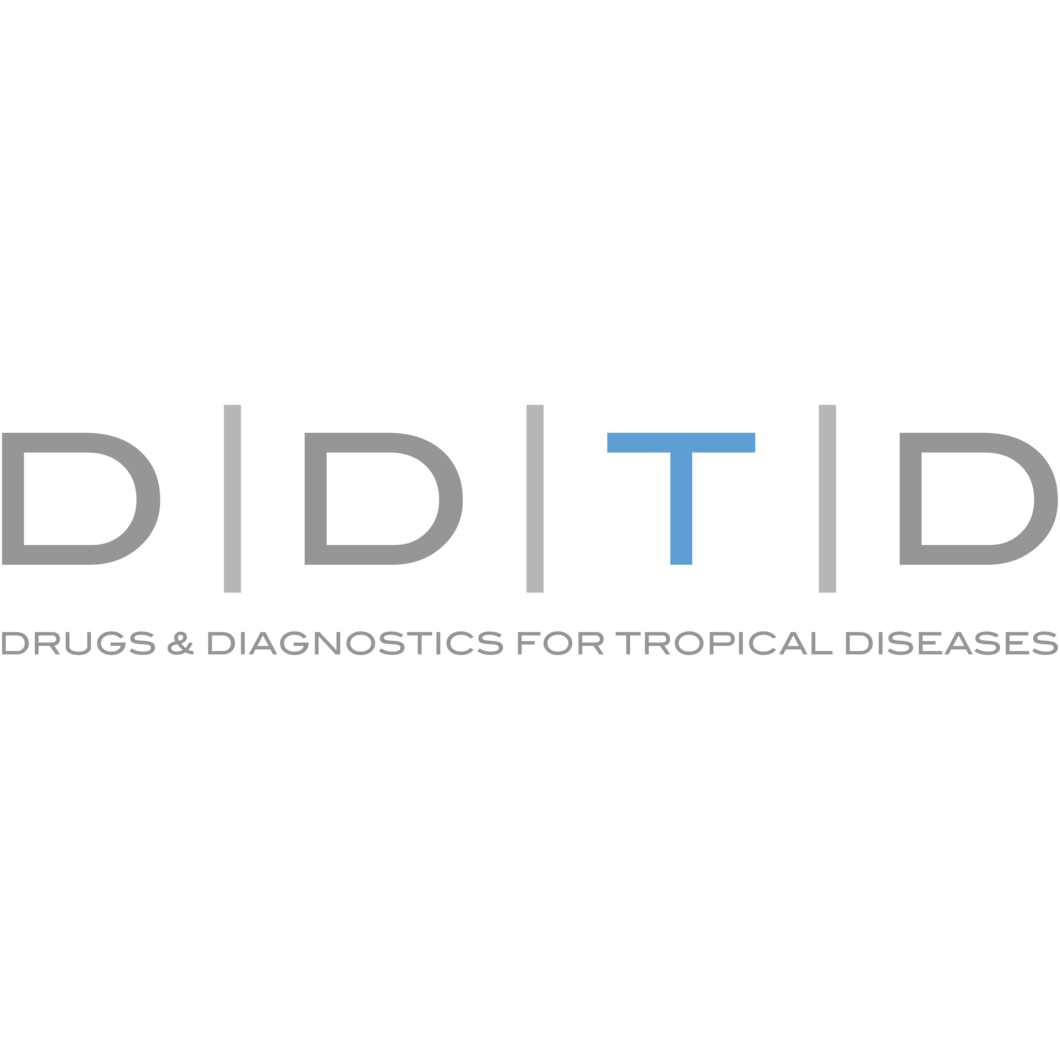Schistosomiasis: A Major Global Health Problem
Schistosomiasis, also known as Bilharziasis, is a parasitic disease that affects 240 million people globally, with an estimated further 780 million people living at risk of contracting the disease. Around 90% of infections and the majority of morbidity occur in sub-Saharan Africa. Schistosomiasis is one of WHO’s top-priority projects, surpassed in worldwide case numbers only by malaria. The disease is caused by five main species of trematodes of the genus Schistosoma, with the three primary species responsible for human disease being S. mansoni, S. haematobium, and S. japonicum. Today, the main strategy for control of schistosomiasis focuses on mass drug administration (MDA) of praziquantel, in priority to primary school-aged children. Praziquantel is safe for people who do not have infections, and in the absence of cheap and rapid diagnostic tests, it is more cost-effective to treat all school-aged children in a community above a certain prevalence threshold than to test and treat each individual. Schistosomiasis control programs critically depend on field-deployable diagnostic tools to guide decisions on MDA initiation and cessation. As a result, in 2021, WHO released a call for new tests to diagnose schistosomiasis and defined the desired performance characteristics in two Target Product Profiles (TPPs), which is the strongest signal WHO can give regarding the urgency to develop such new diagnostic tests.
Traditionally, schistosomiasis has been diagnosed by detecting parasite eggs in host stool (Kato Katz method). This technique has the advantage of providing information on both prevalence and intensity of infection and, theoretically, it can also distinguish active infection from successful cure and/or subsequent reinfection. However, the method suffers from poor sensitivity for low-intensity infections and requires access to microscopes and trained personnel. Methods based on detecting parasite DNA in stool or urine by polymerase chain reaction (PCR) are anticipated to be more sensitive than egg detection methods but, similarly to the latter, also require laboratory equipment, trained personnel, and relatively expensive reagents. A portable, commercial RDT exists that detects Schistosoma circulating cathodic antigen (CCA) in urine. As with parasite eggs, urinary CCA can distinguish active from former infection and provides information on the relative intensity of infection. Unfortunately, current formulations of the test are reliable only in high-prevalence areas as the false-positivity rate is too high to accurately determine prevalence < 10%. Another antigen test capable of detecting circulating anodic antigen (CAA) at the point of care is currently in development.
Historically, schistosome-specific antibody detection tests have not been used for monitoring and evaluation (M&E) purposes, as they are unable to distinguish active from former infections, and as the magnitude of antibody response is less reflective of intensity of infection than other methods. However, as prevalence approaches 0% in post-MDA settings, antibody tests can support M&E activities by selecting children as sentinel groups because there are fewer “former” infections, especially in younger age groups. Furthermore, antibody tests will have value in deciding when to stop MDA.
Against this background, DDTD has received funding from the Global Health Innovative Technology (GHIT) Fund to develop a sensitive and specific lateral flow immunoassay (LFIA) capable of detecting antibodies raised by the human host against a number of schistosome antigens discovered at the Centers for Disease Control and Prevention (CDC), who will be closely collaborating with us and our Japanese partner, Medical & Biological Laboratories, Ltd. (MBL). Prototype RDTs have already been built at DDTD which show promising sensitivity and specificity when tested on a small number of samples, and these are now being optimized with the goal to achieve full compliance with the TPP for schistosomiasis M&E.



